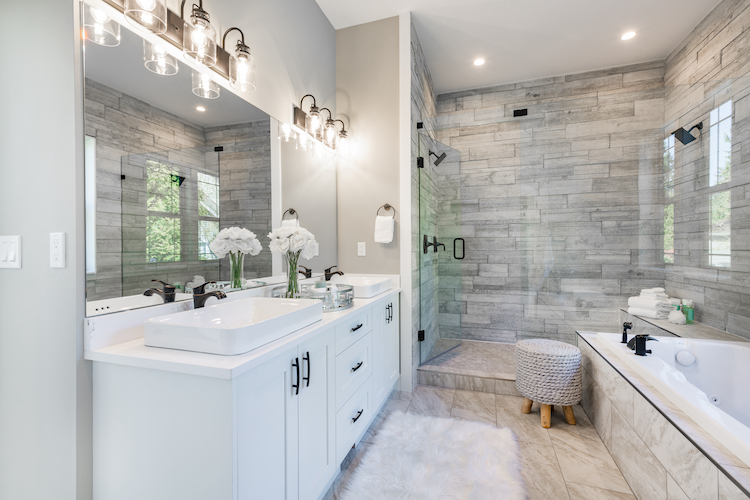
How Much Water Does a Toilet Use Per Flush in Litres?
Share
In today's fast-paced world, where technology constantly evolves to enhance our daily lives, understanding the fundamentals of essential resources remains crucial. This curiosity extends even to the seemingly mundane objects in our homes, such as the humble toilet. One question that piques the interest of tech professionals and enthusiasts is: How much water does a toilet use per flush in litres? This question not only touches on environmental concerns but also taps into the realm of technological innovation in household fixtures.
The average volume of water used per flush has evolved over the years, from older models consuming a significant amount to modern designs aiming to conserve water. Lets delve into the intricacies of toilet water usage, a subject far more intriguing than one might initially assume.

The Evolution of Toilet Water Efficiency
Historically, toilets were not designed with water conservation in mind. Early models could consume up to 13 litres per flush. With increasing environmental awareness and technological advancements, the focus has shifted towards efficient and environmentally friendly designs.
Modern toilets, especially those manufactured in developed regions, often use much less water. On average, current standards regulate that a toilet should use no more than 6 litres per flush, with many efficient models using as little as 4.8 litres. This reduction is significant and contributes to both water conservation efforts and cost savings on utility bills for consumers.
Innovations in Toilet Technology
Among the innovative strides in toilet technology are the advancements that allow toilets to use minimal water without compromising performance. Dual-flush systems are a prime examplethey offer two flush options: a half flush and a full flush, using approximately 3 and 6 litres, respectively. This system optimizes water usage based on the type of waste, providing an eco-friendly alternative that saves water and reduces household expenses.
Another key technological innovation is the development of pressure-assisted toilets, which utilize air pressure to enhance the efficiency of water usage. This type of toilet uses about 4.8 litres per flush but delivers the same, if not better, performance as traditional models that consume more water.
For a deeper understanding of how these technological breakthroughs work, check this toilet not flushing post discussing various factors affecting toilet performance.
The Impact of Water-Efficient Toilets
The shift towards water-efficient toilets has significant environmental and economic impacts. For tech professionals and enthusiasts, the design and functionality of these toilets provide insight into sustainable engineering and innovative solutions applicable to other fields.
Environmentally, water-efficient toilets help in conserving one of the planets most vital resources. In regions facing scarcity, these innovations contribute to drought mitigation strategies and sustainable urban development.
Economic Benefits
From an economic perspective, reducing water usage can significantly decrease household water bills. For businesses, this efficiency translates into lower operational costs and supports corporate social responsibility initiatives, which increasingly emphasize sustainability.
To further explore the link between toilet efficiency and running costs, I recommend reading the article on toilet running issues. It delves into resolving inefficiencies that could negate the benefits of water-saving technologies.
Conclusion: The Future of Toilets and Water Usage
The question of how much water does a toilet use per flush in litres is emblematic of broader inquiries into sustainability and innovation. As technology advances, it is imperative for tech professionals to recognize how these developments translate into everyday life, advocating for solutions that are both efficient and environmentally sound.
As manufacturers continue to innovate, we anticipate the emergence of even more efficient toilets. Emerging technologies, such as smart toilets, integrate sensors and IoT capabilities to monitor and optimize water usage, representing the exciting future of sustainable living solutions.
For insights on how futuristic concepts are shaping bathroom designs, refer to an informative overview on 8 essential toilet tips that blend traditional practices with modern solutions.

FAQs: Everything You Need to Know
How much water does an average toilet use per year?
An efficient toilet using 6 litres per flush can use approximately 6,570 litres of water per year, assuming it is flushed 3 times daily.
Are there toilets that save more water than standard efficient models?
Yes, dual-flush and pressure-assisted toilets often use less water. Emerging smart toilets equipped with sensors are also capable of optimizing water usage even further.
How can I make my existing toilet more water-efficient?
Retrofitting with a dual-flush converter or installing a water-efficient flush valve can improve your toilet's efficiency without the need for a complete replacement.
